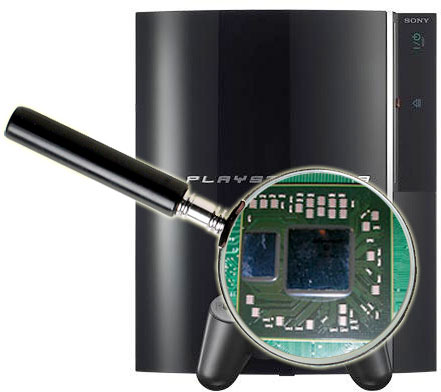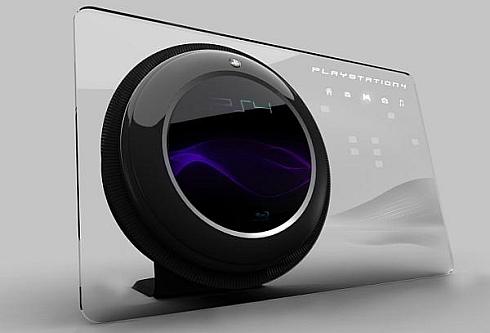With rumors and speculation about the existence and release of a PlayStation 4 spreading wildly throughout the internet, it is probably best now to look at some of the more reasonable arguments with regards to the actual tech that might be contained in Sony's next console. Regardless if the PS4 comes out next year or in three years, it is undeniable that it will be a considerable step ahead of the current PS3 in terms of power. Knowing just how much more powerful it could potentially be requires having some idea of the power behind the current PS3.
Just for comparison, the PS3 uses a cell-based processor with 1 PPE (Power Processing Element) @ 3.2 GHz which is dual thread. This means it is capable of processing two streams of instructions at a time and 8 SPEs (Synergistic Processing Elements) @ 3.2GHz of which one is disabled for yield purposes and one is reserved for security purposes, such as encryption and decryption of the hard drive in real-time. The cell in the PS3 has an overall performance of 204 GFLOPs, with FLOPs being a standard unit for gauging system performance.

It
has to be expected that Sony will simply upgrade the current Cell processor found in the PS3. Sony had invested hundreds of millions of
dollars into the development of the Cell processor and on building
fabrication factories to produce it (of which cost over $500,000,000
each). Should Sony abandon this tech it would mean a colossal waste of
money that Sony, or indeed any company, cannot afford in the current
economic climate.
The technology boffins of the internet believe that Sony could add more SPEs to have an overall amount of 16 SPEs as this has an optimal power-to-heat ratio if manufactured at 32nm. It should consume the same amount of energy as the 90nm Cell processor found in the original 60/20GB PS3s. One will be disabled for yield purposes and one will be reserved for security purposes, similar to the current set up. If this Cell processor is made then it should start at 32nm, and it is already known that Sony is already at work shrinking the PS3′s cell to 32nm for future hardware upgrades. At 32nm they could double the local store for each SPE to 512KiB which will add significantly greater performance for games. Clock speed could increase to up to 3.8GHz; however, with the improved performance of the new cell and the amount of SPEs, this is unneeded and will create too much heat. Rumor mongers believe an increase in clock speed will only be seen if fabrication starts at 22nm as this will help reduce the heat created. These 22nm processors are expected to be released in 2011, so by the time the PS4 comes out this would be the norm, making it a feasible starting fabrication. This will make it have an overall performance of around 500 GFLOPs for the whole Cell processor at 3.2GHz, which is more than double the power of the current machine.

Without fully understanding all this technical jargon, it seems as though a new console with these upgrades would be a worthwhile investment. I wouldn't be surprised to start hearing official word on all these rumors next year with the console following the year after. That being said, though, I do hope it is sooner rather than later as I am certainly ready to move on from the current gen.